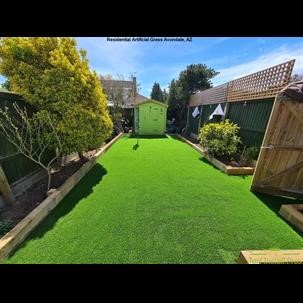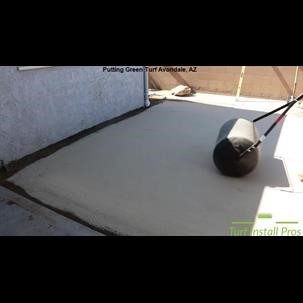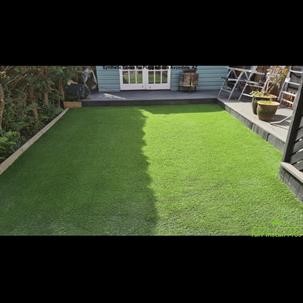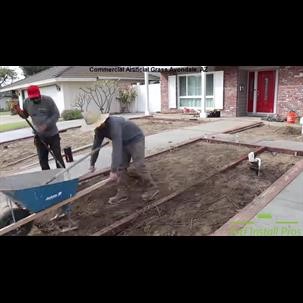Residential artificial grass is a great choice for those looking to create a beautiful new yard or give your existing yard a new look. In contrast to natural grass, residential artificial grass does not require watering, mowing, or weeding. Instead, you'll have to take care of staining and rake the blades regularly to prevent matting. Leaves should be removed immediately to prevent them from becoming ground in and make the lawn harder to maintain. Properly maintained grass can extend the life of artificial grass for residential use by between 15 and 20 years.
High-quality artificial turf for residential use can last for years without breaking or wear out. Unlike natural grass, residential artificial grass is able to endure high traffic and is not affected by color changes or mud. It can be used when pets aren't allowed to be allowed to roam, like on pool decks, rooftops, or road medians. Because synthetic grass can withstand traffic, even children and pets,
Before installing artificial grass, ensure that the infill is adequate. It is important to choose the right amount of infill that will support the turf fibers and to keep them standing tall. The manufacturer provides guidelines for infill depth. If you are not confident with DIY, you can always hire a professional to install the infill. The surface should have a slope of approximately 2% to facilitate drainage. The surface and base should be compacted to a minimum of 90%





